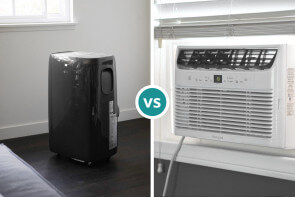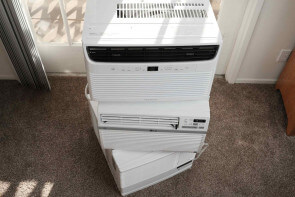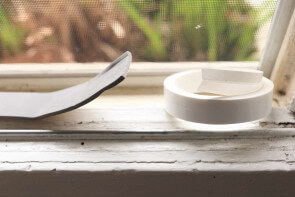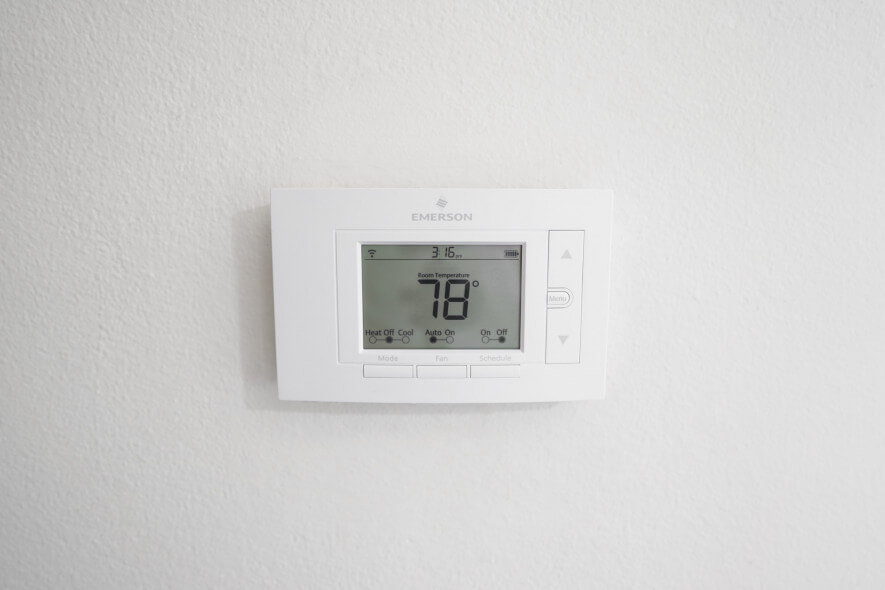
The Best Temperature Setting For Air Conditioners
Figuring out the best temperature to set your air conditioner on is a balancing act. Running your air conditioner more will always use more energy, but with careful planning most houses should be able to stay at 78 degrees Fahrenheit in the summer heat without using excessive energy or making you feel too hot.
Energy consumption from air conditioners is a big concern for the U.S. Department of Energy (“DOE”), since the extra demand for electricity during a heat wave can overwhelm power distribution systems. The folks who run the DOE’s Energy Star program have crunched the numbers, and they picked 78°F as the typical best compromise between comfort and efficiency. But it’s a number that has been controversial, with many Twitter users replying to public service announcements that it’s too high for their comfort.
Cooling costs in summer heat
Finding the right setting for your household is a matter of choice — obviously you’ll save energy if you set the thermostat closer to outdoor temperatures, but how much? Consumer guides are typically pretty vague about how they do their calculations, throwing around numbers ranging from “up to” 3% to 6% per degree, or even “double your operating cost” for not following the 78°F advisory.
The exact amount you save will vary depending on how extreme the heat is outdoors, how humid it is, how well-insulated your home is and how efficient your air conditioner is. The following chart shows the difference between thermostat settings in two climates with all other variables the same:
To get a more detailed picture of how the cost of air conditioning changes at different thermostat settings, we used a few different calculators to compare costs in two areas from July to October of 2019. We gathered “cooling degree day” temperature data for our remote office in moderately-hot Orange County, California, and another office in scorching-hot Austin, Texas.
After checking the number of hours each climate was above various thermostat thresholds, We then used an air conditioning efficiency calculator to find average costs for removing that heat with an average house-sized air conditioner. (Size of 4 tons, SEER efficiency of 16.)
We chose a limited time period to focus the chart on the most expensive part of the year for air conditioner use in Southern California; Austin is hot for a much longer season so the difference in yearly savings would be even more dramatic.
We used the national average for cost of electricity to focus this chart on the difference between thermostat settings rather than actual cost. Cheaper or more expensive power will change the total number of dollars spent, but also note that a tier-based power pricing plan (like we have in SoCal) means you can pay double for every kilowatt hour of electricity you use over the “base allocation” in your area. That means setting your thermostat lower or using a less-efficient air conditioner could cost you far more than this chart shows.
Thermostat settings for sleeping
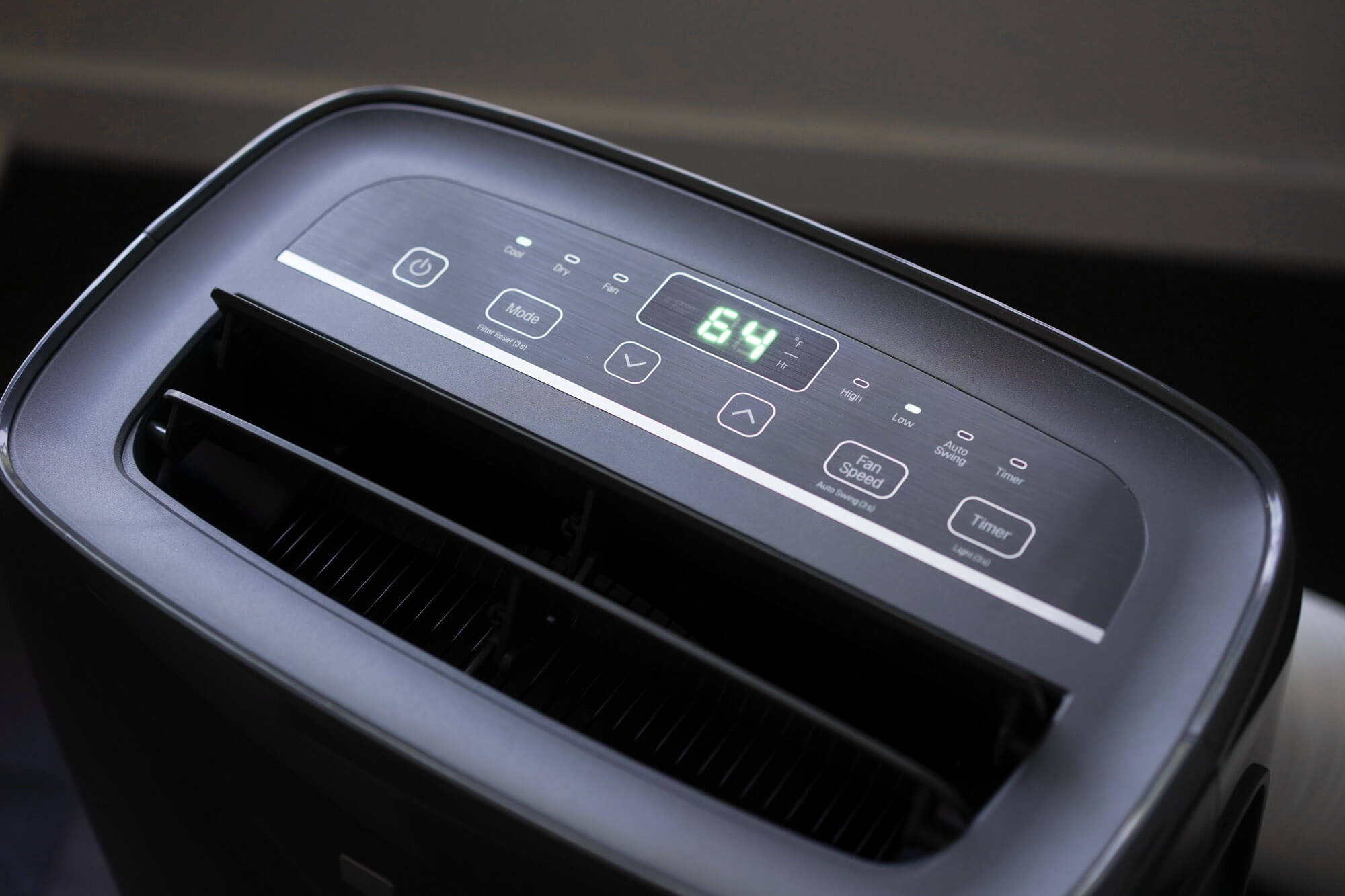
The best thermostat setting for sleeping is an even trickier balance of budget and preference. We tracked down official recommendations, and there’s a significant difference between energy-saving guidelines and sleep research guidelines when it comes to ideal night-time temperatures in air conditioner season.
The official specification for Energy-Star-compliant programmable thermostats requires the default “sleep” set point to be 4°F higher than the daytime set point. If you’re following the official 78°F daytime guideline, that means it could get to 82°F while you sleep. (An early proposal for the standard was even higher.) In some homes, especially if a system can’t keep up with overnight humidity, that’s going to feel sweltering.
The energy-saving guidance is the opposite of the recommendation for best sleeping temperatures offered by the National Sleep Foundation, which doesn’t take energy use into account. They report that studies show better sleep at cooler temperatures than you prefer during the day, with an ideal average around 65°F for adults, slightly warmer for infants and children. That guidance could save some energy in the winter heating season, but in hot climates during the summer months those temperatures could get expensive to reach.
Again, the effect of a specific setting is going to depend entirely on your preferences, as well as local conditions and the efficiency of your home — if the outdoor temperature drops below 70°F overnight, you can probably just open a window and turn on a fan to keep your bedroom cool.
Using a fan at night can help keep the comfort level of your preferred thermostat setting at temperatures 4°F hotter. There are drawbacks to fan use at night, though: Fans can blow dust around a room, and they can dry out your skin, eyes, and nose in less-humid climates. A humidifier will help with dryness, and check out our reviews of lightweight vacuum cleaners and air purifiers if you have dust problems even when the windows are closed.
The cost of convenience
We’ve tested portable air conditioners and window air conditioners for efficiency, noise and overall performance. While each type of air conditioner will cost more to use if you set the thermostat lower, the efficiency difference between these types is shocking.
When we tested in heat-wave conditions of between 92–102°F, a single-hose portable air conditioner started heating up the room after it blew all of the relatively-cool room air out the window and started sucking in hot outdoor air to keep its exhaust fan running.
A dual-hose portable system — a less-common design — ran efficiently enough to cool the room down to 76°F, but a window unit that uses about half as much power (660 watts compared to over 1200) could still easily get the room down to below our 70°F set point.
So, if you’re using a portable air conditioner, remember that the thermostat setting you choose will be even more significant than for most people. Portable air conditioners are much easier to install than window units in many rooms, but the convenience comes with a hefty price tag.
Other ways to save
No matter your cooling budget, you should do everything you can to ensure your home is well-insulated and sealed against hot air coming in. See our guides for more information on how to insulate your windows and keep your air conditioner running at peak efficiency by cleaning it regularly.
One major way to cut back on costs is to ensure that you aren’t turning down the thermostat for no good reason. If you’re happy with the room temperature when the fan is blowing but feel too hot when it hits the set point and turns off, a fan like the top pick from our review of the best tower fans can keep you feeling comfortable, even at higher room temperatures.
Kitchen heat
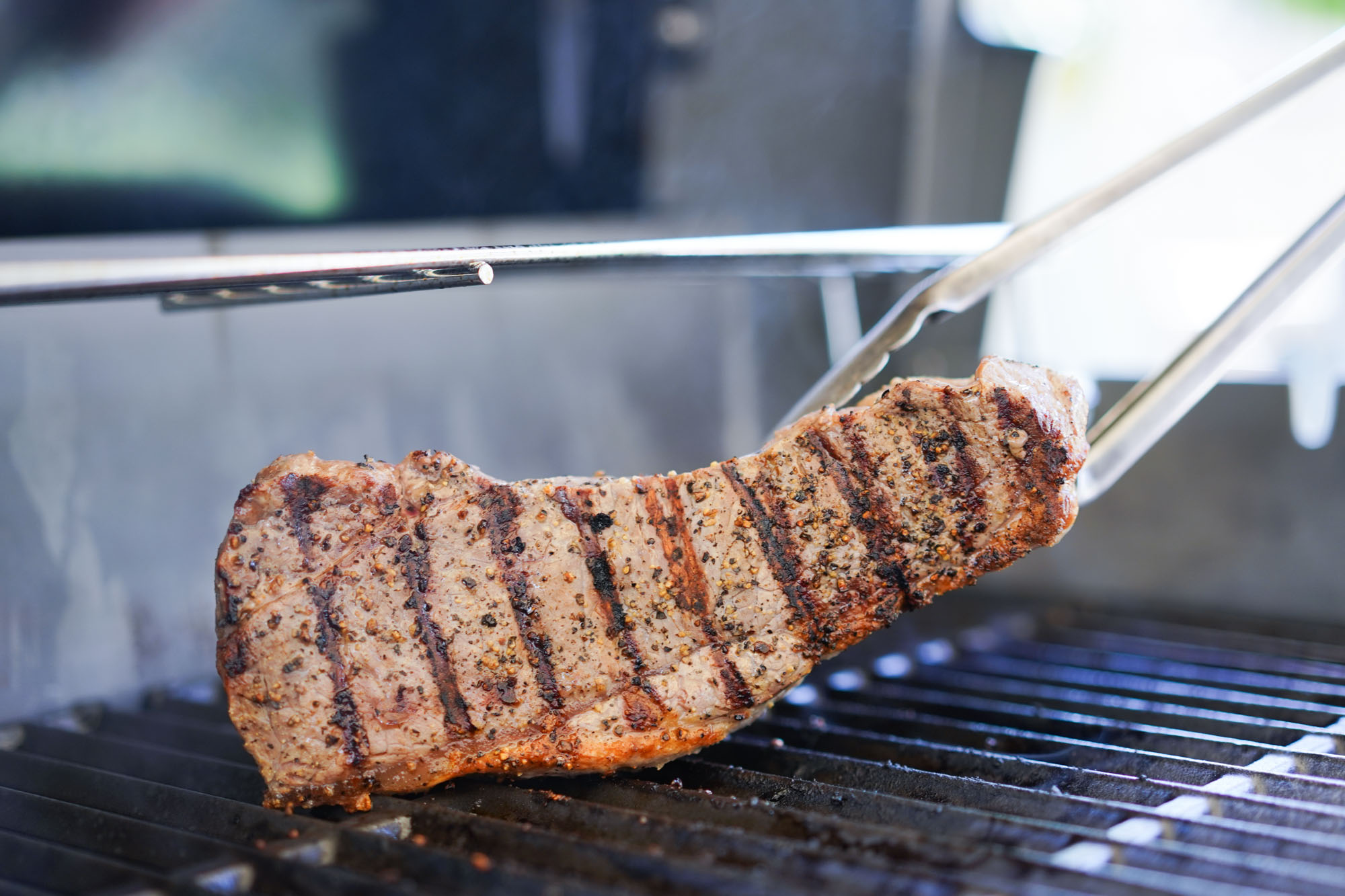
The kitchen is one of the biggest sources of indoor heat that makes your air conditioner work harder. Using an outdoor grill or portable induction cooktop outdoors instead of cooking indoors can make a big difference.
For example, the oven can add 17,000 BTUs per hour of heat — that’s about half of the heat capacity of a smaller home air conditioning system. Even grilling burgers in a big frying pan on the stovetop can make 10,000 BTUs per hour. Cooking outdoors also keeps smoke out of your indoor air.
Rearranging your refrigerator so that you can get the most frequently-grabbed items more quickly will also save you money, not to mention time. We’ve reviewed the best refrigerators that have organization features specifically to help with this.
Insulating windows
Even if you’ve got a draft-free space, adding a window treatment can make a big difference. The DOE window treatment guide says tight-fitting cellular blinds or window quilts are the best, reducing heat coming through the window by up to 80%. Just adding drapes with a light-colored reflective backing can improve window insulation by 33%, or better if your drapes touch around all edges to keep a pocket of air trapped inside. If you can’t put up blinds or drapes, a reflective window covering like the Gila – Titanium Energy Saving Peel and Cling film can also reduce the amount of heat your air conditioner will need to remove.
If you’re renovating, check the Database of State Incentives for Renewables & Efficiency to see if there are rebates, grants or loans available in your area to cover the cost of upgrading HVAC components and insulation.



